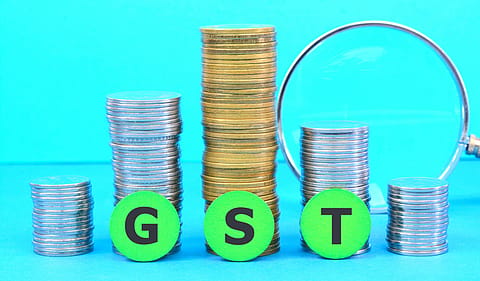GST calculation on sale of old and used vehicles: An explainer
The Council prescribed a single rate of GST on sale of all old and used vehicles, including EVs at 18%, which was earlier leviable at different rates. The move is aimed at simplification.

The recommendation of the 55th GST Council meeting pertaining to 18% single rate on sale of old and used vehicles has come under major scrutiny. Trigger-happy social media users have pounced to an oversimplified conclusion that the government is charging GST on a depreciating asset.
Government sources point out that the council has not recommended imposition of new tax on sale of old and used vehicles. “The Council recommended to unify and prescribe a single rate of GST on sale of all old and used vehicles, including electric vehicles, at 18% which was leviable at different rates earlier. The move is aimed at simplification,” said government sources.
Secondly, only registered persons such as businesses involved in purchase and selling of old and used vehicles, among others are liable to pay GST. “No GST will be applicable if an individual sells an old and used car to another individual,” they pointed out.
Tax calculation method
If the registered person has claimed depreciation under Section 32 of the Income Tax Act 1961, GST is payable only on the margin of the supplier— the difference between consideration received for the supply of goods and the depreciated value of such goods on the date of supply. No GST is payable if the margin is negative.
In any other cases, GST is payable only on the value that represents the margin of the supplier i.e. the difference between selling price and the purchase price. Where such margin is negative, no GST is payable. Sources also explained how the GST structure on sale of old cars would work with the help of two illustrations.
Illustration 1
Recommended Stories
If a registered person is selling a used vehicle at ₹10 lakh, and the purchase price was ₹20 lakh and depreciation claimed is ₹8 lakh, then he is not required to pay any GST. This is because the margin of the supplier— differential value of the selling price (₹10 lakh) and the depreciated value (₹20 lakh – ₹8 lakh = ₹12 lakh) is negative.
In case the depreciated value in the above example remains same at ₹12 lakh and the selling price is ₹15 lakh, in that case GST will be payable on the margin of the supplier i.e. on ₹3 lakh @ 18%.
Illustration 2
Suppose a registered person is selling an old vehicle to any person at Rs10 lakh, where the purchase price of the vehicle by the registered person was ₹12 lakh, then he is not required to pay any GST as the margin of the supplier is negative in this case. In cases where the purchase price of the vehicle was ₹20 lakh and the selling price is ₹22 lakh, GST will be payable on the margin of supplier, that is, ₹2 lakh.